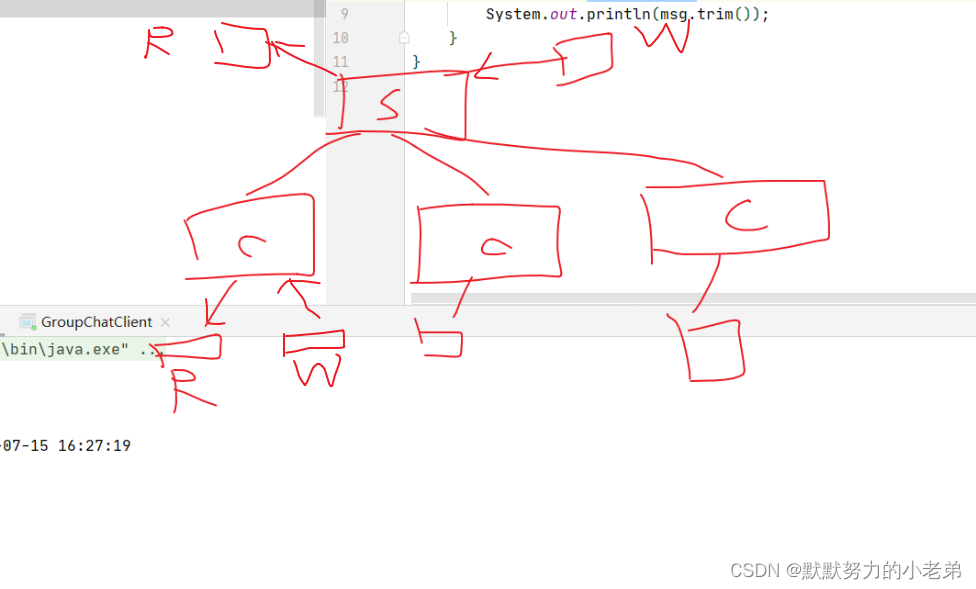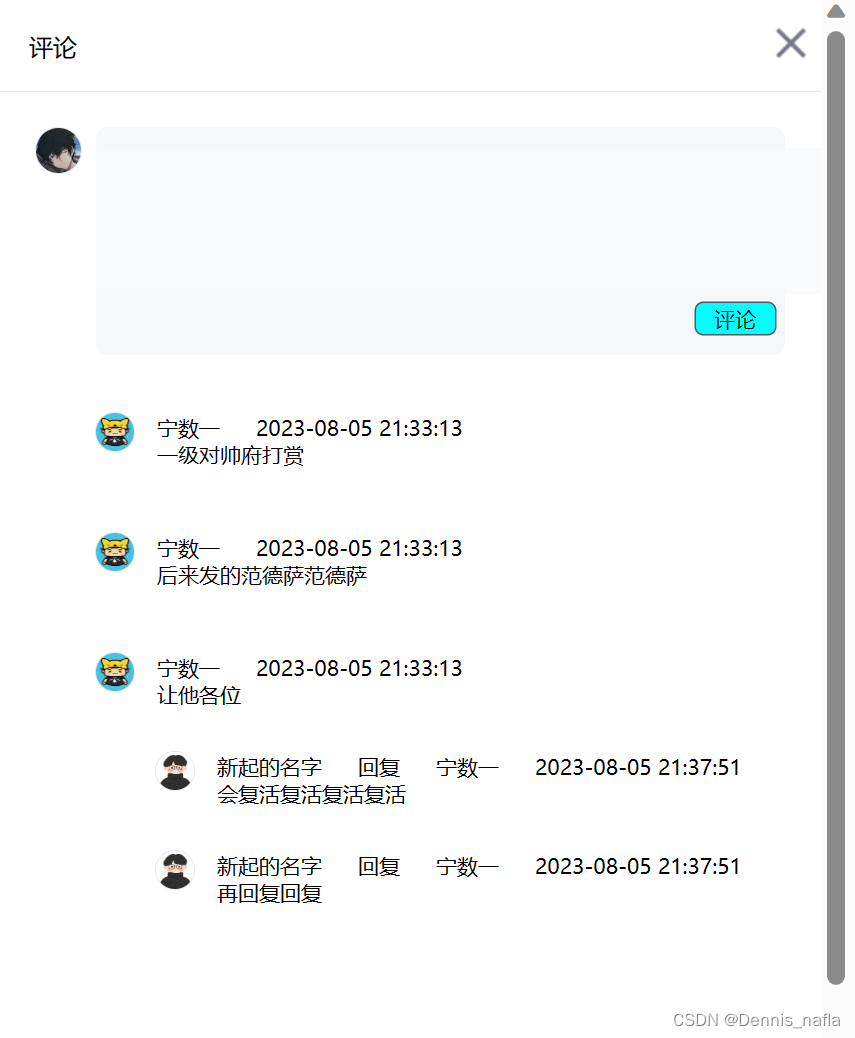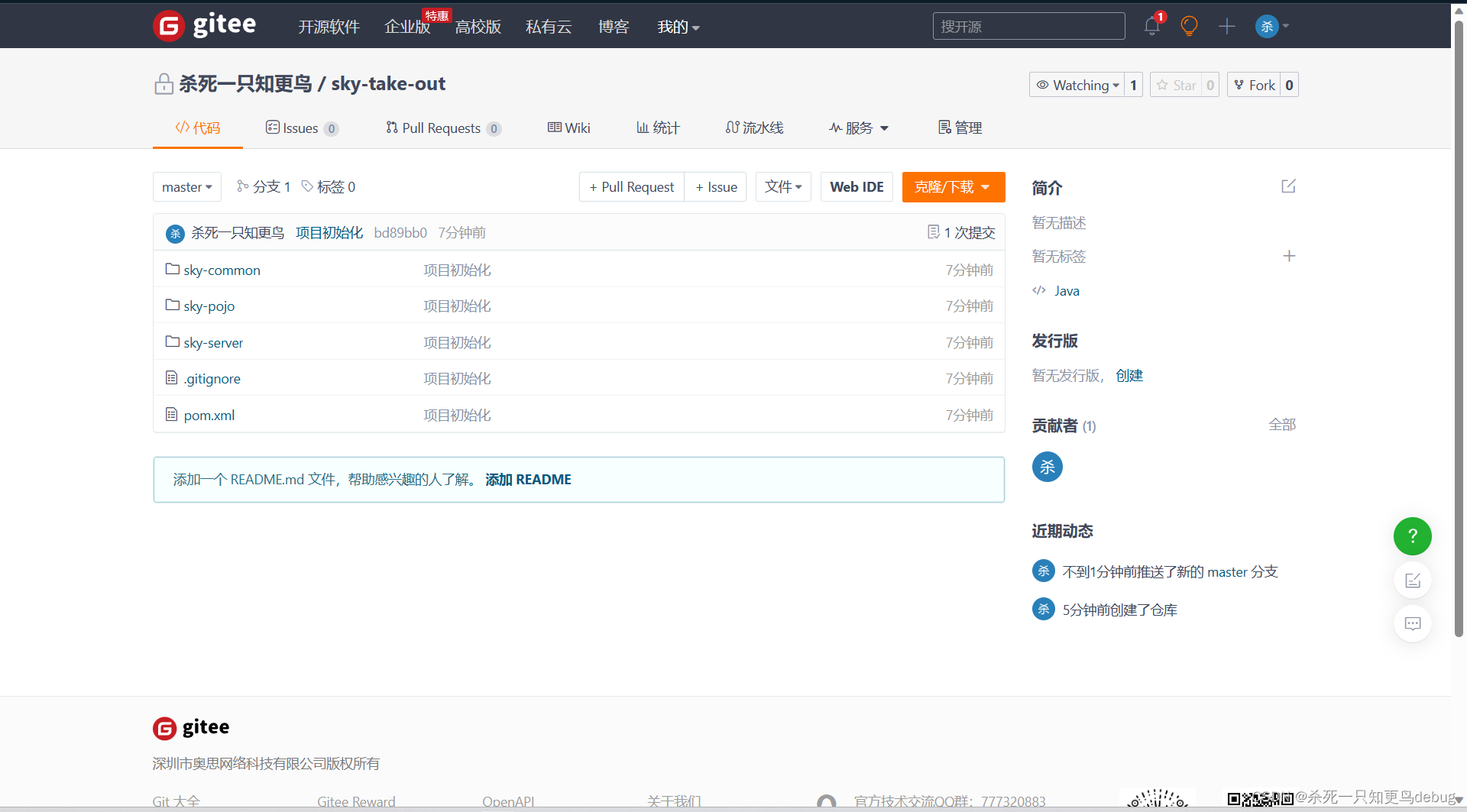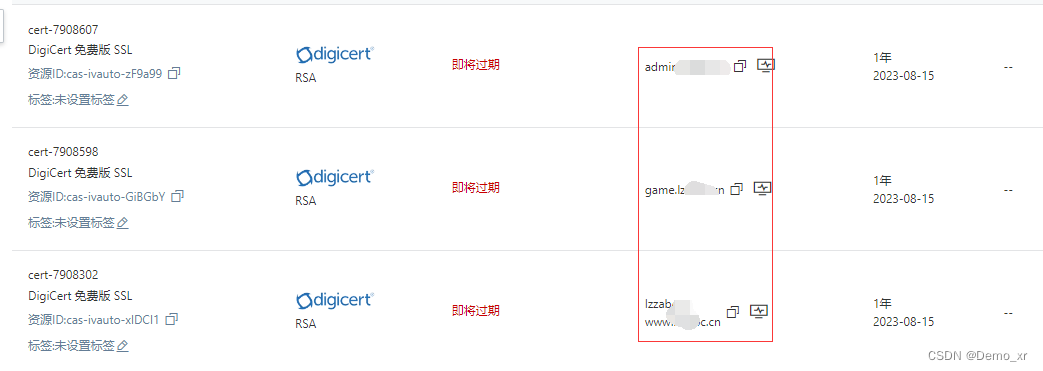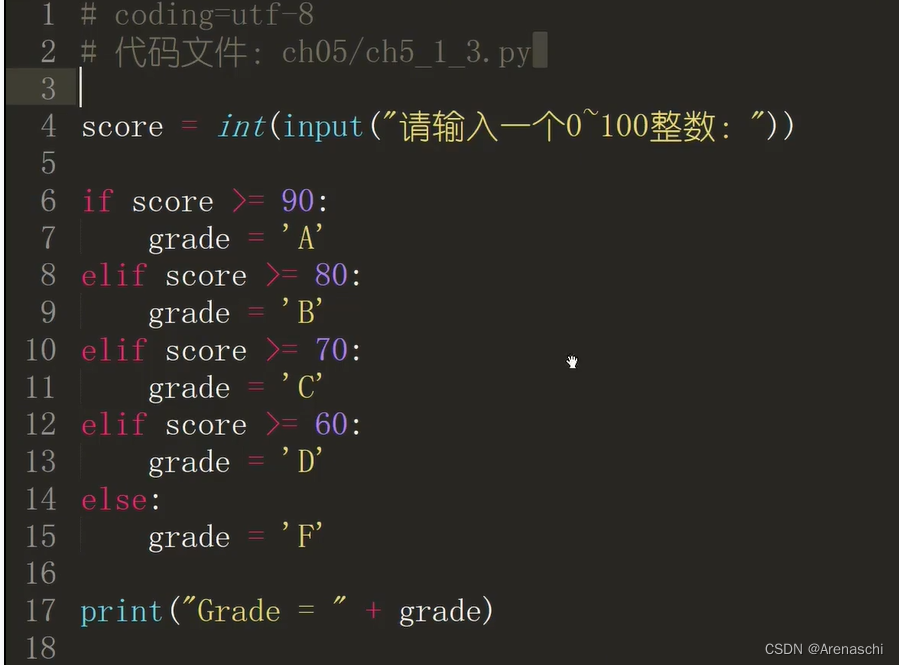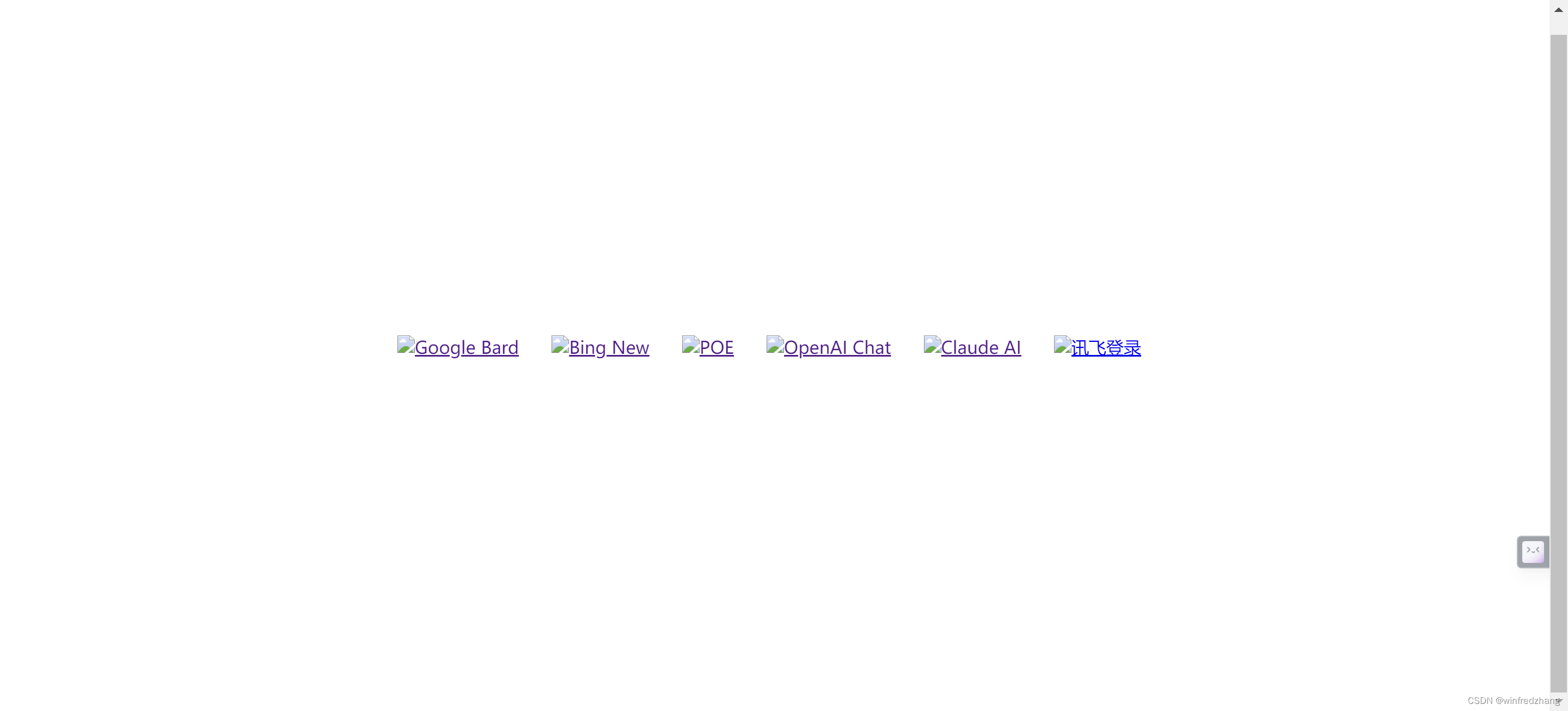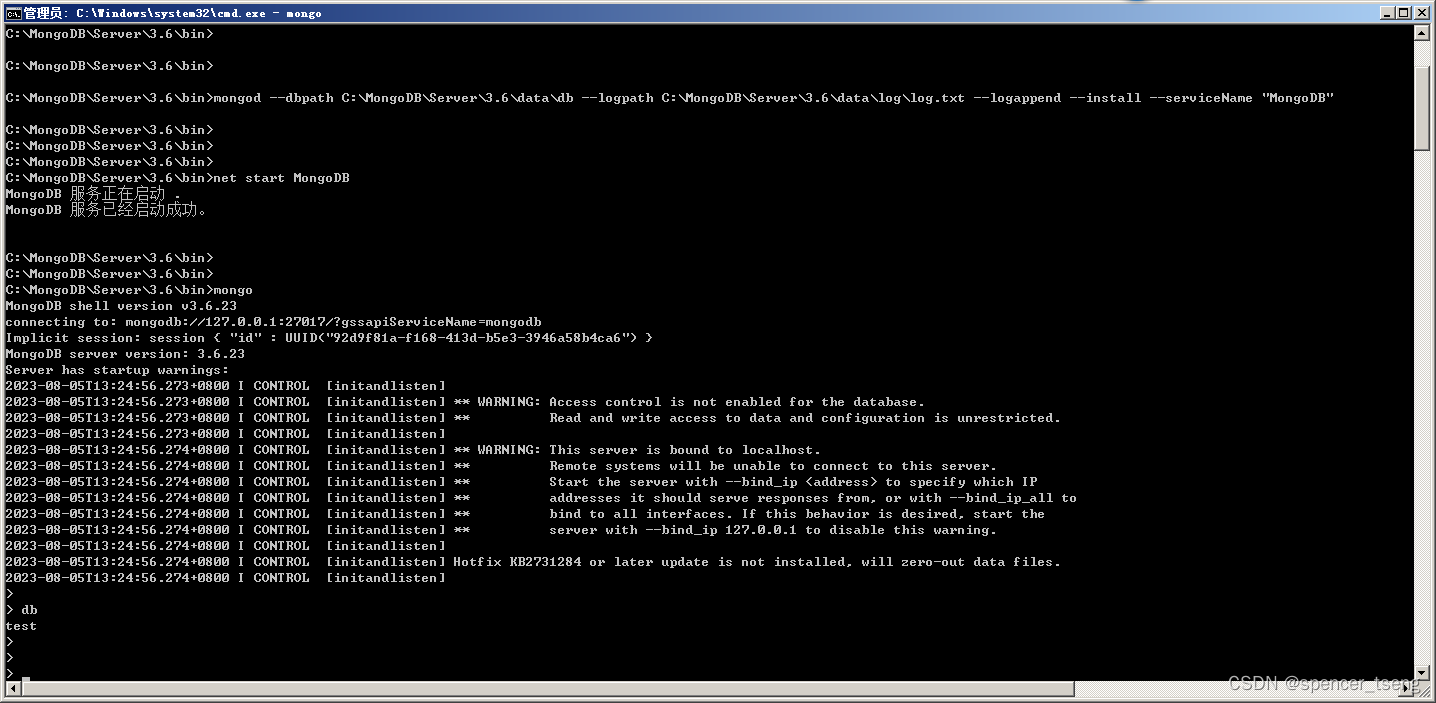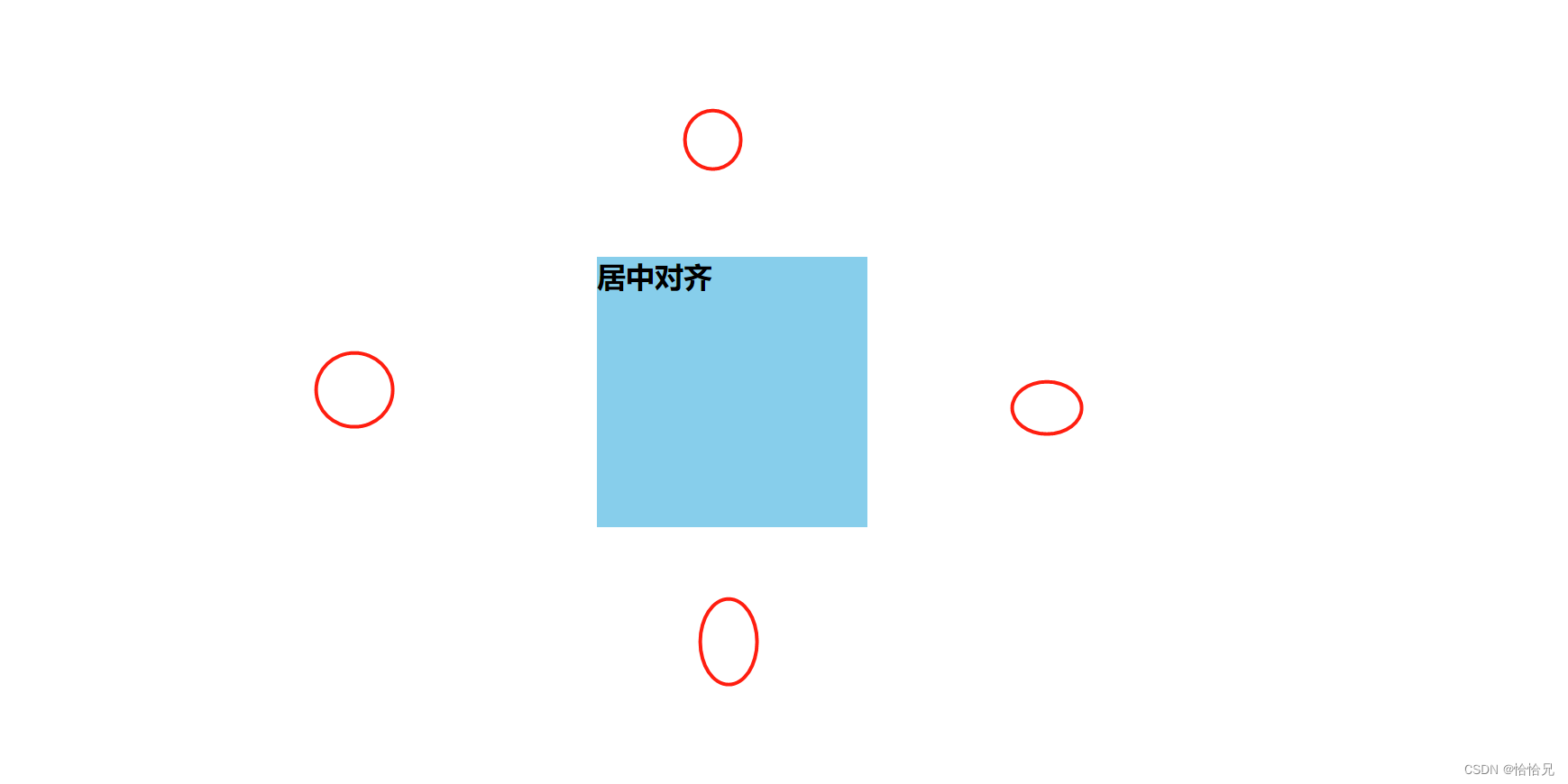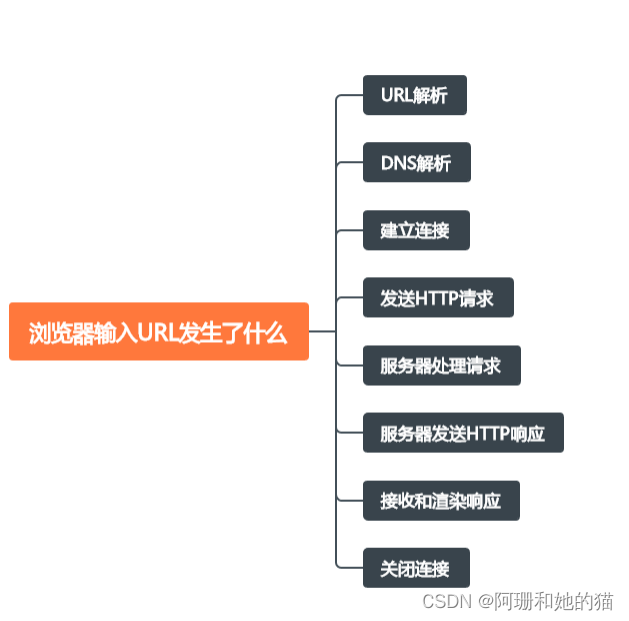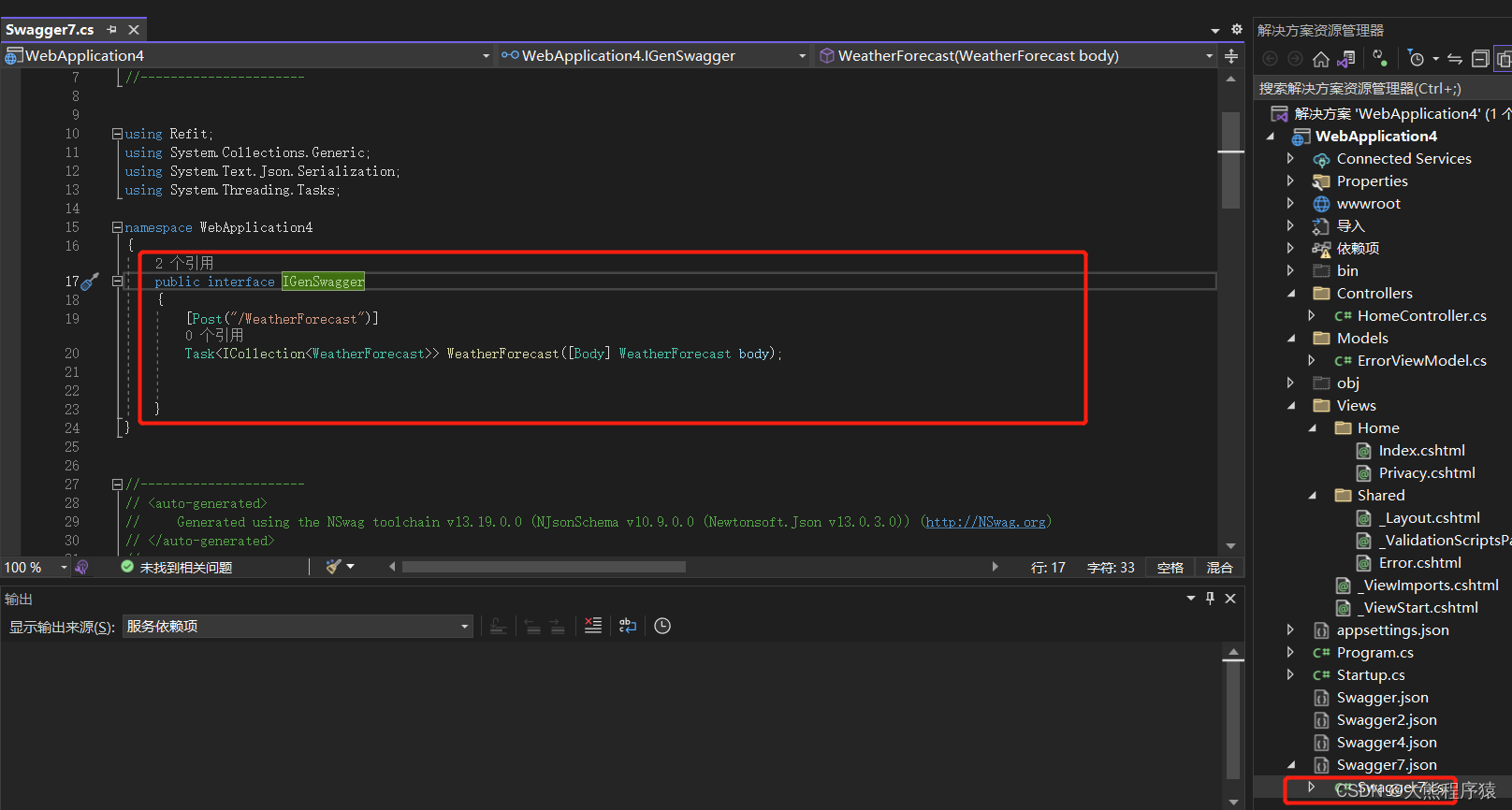1.ChannelGroup可以免遍历由netty提供,覆盖remove方法即可触发删除channel\
2.群聊私聊
13.群聊私聊简单原理图
3.netty心跳检测机制,客户端对服务器有没有读写(读,写空闲)
//IdleStateHandler(3,5,7,TimeUnite.SECONDS)是netty提供的检测状态的处理器,也加到pipeline,读,写,读写都没有
//并在handler类实现方法userEventTriggered处理事件
@Override
public void userEventTriggered(ChannelHandlerContext ctx, Object evt) throws Exception {
if(evt instanceof IdleStateEvent) {
//将 evt 向下转型 IdleStateEvent
IdleStateEvent event = (IdleStateEvent) evt;
String eventType = null;
switch (event.state()) {
case READER_IDLE:
eventType = "读空闲";
break;
case WRITER_IDLE:
eventType = "写空闲";
break;
case ALL_IDLE:
eventType = "读写空闲";
break;
}
System.out.println(ctx.channel().remoteAddress() + "--超时时间--" + eventType);
System.out.println("服务器做相应处理..");
//如果发生空闲,我们关闭通道
// ctx.channel().close();
}
}
//init注意的顺序
pipeline.addLast("MyHttpServerCodec",new HttpServerCodec());
- 增加一个自定义的handler
pipeline.addLast(new IdleStateHandler(7000,7000,10, TimeUnit.SECONDS));
pipeline.addLast("MyTestHttpServerHandler", new TestHttpServerHandler());
4.websocker实现全双工(两边可以通信,半双工只能一边通信)的长连接,
//因为大数据时http会发送多次请求获取数据,所以要升级用ws协议
//html有WebSocket对象,发送http请求然后200状态码转为101为ws协议
public class MyServer {
public static void main(String[] args) throws Exception{
//创建两个线程组
EventLoopGroup bossGroup = new NioEventLoopGroup(1);
EventLoopGroup workerGroup = new NioEventLoopGroup(); //8个NioEventLoop
try {
ServerBootstrap serverBootstrap = new ServerBootstrap();
serverBootstrap.group(bossGroup, workerGroup);
serverBootstrap.channel(NioServerSocketChannel.class);
serverBootstrap.handler(new LoggingHandler(LogLevel.INFO));
serverBootstrap.childHandler(new ChannelInitializer<SocketChannel>() {
@Override
protected void initChannel(SocketChannel ch) throws Exception {
ChannelPipeline pipeline = ch.pipeline();
//相当于链式编程
//因为基于http协议,使用http的编码和解码器
pipeline.addLast(new HttpServerCodec());
//是以块方式写,添加ChunkedWriteHandler处理器
pipeline.addLast(new ChunkedWriteHandler());
/*
说明
1. http数据在传输过程中是分段, HttpObjectAggregator ,就是可以将多个段聚合
2. 这就就是为什么,当浏览器发送大量数据时,就会发出多次http请求
*/
pipeline.addLast(new HttpObjectAggregator(8192));
/*
说明
1. 对应websocket ,它的数据是以 帧(frame) 形式传递
2. 可以看到WebSocketFrame 下面有六个子类
3. 浏览器请求时 ws://localhost:7000/hello 表示请求的uri
4. WebSocketServerProtocolHandler 核心功能是将 http协议升级为 ws协议 , 保持长连接
5. 是通过一个 状态码 101
*/
pipeline.addLast(new WebSocketServerProtocolHandler("/hello2"));
//自定义的handler ,处理业务逻辑
pipeline.addLast(new MyTextWebSocketFrameHandler());
}
});
//启动服务器
ChannelFuture channelFuture = serverBootstrap.bind(7000).sync();
channelFuture.channel().closeFuture().sync();
}finally {
bossGroup.shutdownGracefully();
workerGroup.shutdownGracefully();
}
}
}
public class MyTextWebSocketFrameHandler extends SimpleChannelInboundHandler<TextWebSocketFrame>{
@Override
protected void channelRead0(ChannelHandlerContext ctx, TextWebSocketFrame msg) throws Exception {
System.out.println("服务器收到消息 " + msg.text());
//回复消息
ctx.channel().writeAndFlush(new TextWebSocketFrame("服务器时间" + LocalDateTime.now() + " " + msg.text()));
}
//当web客户端连接后, 触发方法
@Override
public void handlerAdded(ChannelHandlerContext ctx) throws Exception {
//id 表示唯一的值,LongText 是唯一的 ShortText 不是唯一
System.out.println("handlerAdded 被调用" + ctx.channel().id().asLongText());
System.out.println("handlerAdded 被调用" + ctx.channel().id().asShortText());
}
@Override
public void handlerRemoved(ChannelHandlerContext ctx) throws Exception {
System.out.println("handlerRemoved 被调用" + ctx.channel().id().asLongText());
}
@Override
public void exceptionCaught(ChannelHandlerContext ctx, Throwable cause) throws Exception {
System.out.println("异常发生 " + cause.getMessage());
ctx.close(); //关闭连接
}
}
5.编码(cli)—二进制–>解码(server)
1.netty提供的 StringEncoder ObjectEncoder
2.但是使用java底层序列化和反序列化效率低
3.无法跨语言,google protobuf可以解决 ,很多公司由http+json–>tcp+protobuf
6.protobuf (是RPC remote procedure call远程过程调用) 跨平台 生成的大对象包含多个小对象
1.引入依赖
2.写 xxx.proto文件,idea安装插件protobuf
pipeline.addLast("encoder", new ProtobufEncoder()); //netty需要加netty自带protobuf解编码器
//普通的写法
syntax = "proto3";
option java_outer_classname="StudentPOJO"; // 外部类名, 文件名
message Student {
int32 id = 1;//Student类的属性
string name = 2; //
}
//升级版
//需要注意包名,要根据自己的项目包创建,没有可不指定
//版本
//生成外部类文件名
message Student{
enum DataType{
StudentType =0; //enum编号从0开始
WorkType =1;
}
DataType data_type=1; //标识传入那个类型的id WorkType
oneof dataBody{ //相当于在对象中选一个作为属性
Student student =2;
Worker worker =3;
}
}
message Student{ //看文档,不要写java语言类型
int32 id=1; //属性的序号
string name=2;
}
message Work{ //看文档,不要写java语言类型
int32 id=1; //属性的序号
string name=2;
}
3.打开下载好的 protoc.exe生成java文件
protoc.exe --java_out=. Student.proto //有空格隔开,生成到当前文件夹,输入Student.proto文件,文件名在配置文件中写
4.客户端
StudentPOJO.Student.new Builder.setId(4).setName("ss").build();
//可以发送多种对象,而不是一个对象
//添加编解码器
if(0 == random) { //发送Student 对象
myMessage = MyDataInfo.MyMessage.newBuilder().setDataType(MyDataInfo.MyMessage.DataType.StudentType).setStudent(MyDataInfo.Student.newBuilder().setId(5).setName("玉麒麟 卢俊义").build()).build();
} else { // 发送一个Worker 对象
myMessage = MyDataInfo.MyMessage.newBuilder().setDataType(MyDataInfo.MyMessage.DataType.WorkerType).setWorker(MyDataInfo.Worker.newBuilder().setAge(20).setName("老李").build()).build();
}
//完整代码 StudentPOJO.proto
syntax = "proto3";
option optimize_for = SPEED; // 加快解析
option java_package="com.atguigu.netty.codec2"; //指定生成到哪个包下!!!
option java_outer_classname="MyDataInfo"; // 外部类名, 文件名
//protobuf 可以使用message 管理其他的message
message MyMessage {
//定义一个枚举类型
enum DataType {//可以设置枚举类型,然后在java里面判断
StudentType = 0; //在proto3 要求enum的编号从0开始
WorkerType = 1;
}
//用data_type 来标识传的是哪一个枚举类型
DataType data_type = 1;
//表示每次枚举类型最多只能出现其中的一个, 节省空间,另外一个对象如果在java取值变为空值,
oneof dataBody {
Student student = 2;
Worker worker = 3;
}
}
message Student {
int32 id = 1;//Student类的属性
string name = 2; //
}
message Worker {
string name=1;
int32 age=2;
}
public class NettyServer {
public static void main(String[] args) throws Exception {
//创建BossGroup 和 WorkerGroup
//说明
//1. 创建两个线程组 bossGroup 和 workerGroup
//2. bossGroup 只是处理连接请求 , 真正的和客户端业务处理,会交给 workerGroup完成
//3. 两个都是无限循环
//4. bossGroup 和 workerGroup 含有的子线程(NioEventLoop)的个数
// 默认实际 cpu核数 * 2
EventLoopGroup bossGroup = new NioEventLoopGroup(1);
EventLoopGroup workerGroup = new NioEventLoopGroup(); //8
try {
//创建服务器端的启动对象,配置参数
ServerBootstrap bootstrap = new ServerBootstrap();
//使用链式编程来进行设置
bootstrap.group(bossGroup, workerGroup) //设置两个线程组
.channel(NioServerSocketChannel.class) //使用NioSocketChannel 作为服务器的通道实现
.option(ChannelOption.SO_BACKLOG, 128) // 设置线程队列得到连接个数
.childOption(ChannelOption.SO_KEEPALIVE, true) //设置保持活动连接状态
// .handler(null) // 该 handler对应 bossGroup , childHandler 对应 workerGroup
.childHandler(new ChannelInitializer<SocketChannel>() {//创建一个通道初始化对象(匿名对象)
//给pipeline 设置处理器
@Override
protected void initChannel(SocketChannel ch) throws Exception {
ChannelPipeline pipeline = ch.pipeline();
//在pipeline加入ProtoBufDecoder
//指定对哪种对象进行解码
pipeline.addLast("decoder", new ProtobufDecoder(MyDataInfo.MyMessage.getDefaultInstance())); //!!!入站 解码.
pipeline.addLast(new NettyServerHandler());
}
}); // 给我们的workerGroup 的 EventLoop 对应的管道设置处理器
System.out.println(".....服务器 is ready...");
//绑定一个端口并且同步, 生成了一个 ChannelFuture 对象
//启动服务器(并绑定端口)
ChannelFuture cf = bootstrap.bind(6668).sync();
//给cf 注册监听器,监控我们关心的事件
cf.addListener(new ChannelFutureListener() {
@Override
public void operationComplete(ChannelFuture future) throws Exception {
if (cf.isSuccess()) {
System.out.println("监听端口 6668 成功");
} else {
System.out.println("监听端口 6668 失败");
}
}
});
//对关闭通道进行监听
cf.channel().closeFuture().sync();
}finally {
bossGroup.shutdownGracefully();
workerGroup.shutdownGracefully();
}
}
}
//处理
public class NettyServerHandler extends SimpleChannelInboundHandler<MyDataInfo.MyMessage> {
//读取数据实际(这里我们可以读取客户端发送的消息)
/*
1. ChannelHandlerContext ctx:上下文对象, 含有 管道pipeline , 通道channel, 地址
2. Object msg: 就是客户端发送的数据 默认Object
*/
@Override
public void channelRead0(ChannelHandlerContext ctx, MyDataInfo.MyMessage msg) throws Exception {
//根据dataType 来显示不同的信息
MyDataInfo.MyMessage.DataType dataType = msg.getDataType();
if(dataType == MyDataInfo.MyMessage.DataType.StudentType) {
MyDataInfo.Student student = msg.getStudent();
System.out.println("学生id=" + student.getId() + " 学生名字=" + student.getName());
} else if(dataType == MyDataInfo.MyMessage.DataType.WorkerType) {
MyDataInfo.Worker worker = msg.getWorker();
System.out.println("工人的名字=" + worker.getName() + " 年龄=" + worker.getAge());
} else {
System.out.println("传输的类型不正确");
}
}
// //读取数据实际(这里我们可以读取客户端发送的消息)
// /*
// 1. ChannelHandlerContext ctx:上下文对象, 含有 管道pipeline , 通道channel, 地址
// 2. Object msg: 就是客户端发送的数据 默认Object
// */
// @Override
// public void channelRead(ChannelHandlerContext ctx, Object msg) throws Exception {
//
// //读取从客户端发送的StudentPojo.Student
//
// StudentPOJO.Student student = (StudentPOJO.Student) msg;
//
// System.out.println("客户端发送的数据 id=" + student.getId() + " 名字=" + student.getName());
// }
//数据读取完毕
@Override
public void channelReadComplete(ChannelHandlerContext ctx) throws Exception {
//writeAndFlush 是 write + flush
//将数据写入到缓存,并刷新
//一般讲,我们对这个发送的数据进行编码
ctx.writeAndFlush(Unpooled.copiedBuffer("hello, 客户端~(>^ω^<)喵1", CharsetUtil.UTF_8));
}
//处理异常, 一般是需要关闭通道
@Override
public void exceptionCaught(ChannelHandlerContext ctx, Throwable cause) throws Exception {
ctx.close();
}
}
//客户端
public class NettyClient {
public static void main(String[] args) throws Exception {
//客户端需要一个事件循环组
EventLoopGroup group = new NioEventLoopGroup();
try {
//创建客户端启动对象
//注意客户端使用的不是 ServerBootstrap 而是 Bootstrap
Bootstrap bootstrap = new Bootstrap();
//设置相关参数
bootstrap.group(group) //设置线程组
.channel(NioSocketChannel.class) // 设置客户端通道的实现类(反射)
.handler(new ChannelInitializer<SocketChannel>() {
@Override
protected void initChannel(SocketChannel ch) throws Exception {
ChannelPipeline pipeline = ch.pipeline();
//在pipeline中加入 ProtoBufEncoder
pipeline.addLast("encoder", new ProtobufEncoder()); //!!!入站编码二进制位java编码
pipeline.addLast(new NettyClientHandler()); //加入自己的处理器
}
});
System.out.println("客户端 ok..");
//启动客户端去连接服务器端
//关于 ChannelFuture 要分析,涉及到netty的异步模型
ChannelFuture channelFuture = bootstrap.connect("127.0.0.1", 6668).sync();
//给关闭通道进行监听
channelFuture.channel().closeFuture().sync();
}finally {
group.shutdownGracefully();
}
}
}
4.入站(服务器数据向cli) 出站(cli->server)(整个过程在pipeline里面进行) (想象为一个管道入栈需要解码(二进制变为数据),出站需要需要编码[变成二进制])
5.netty处理沾包粘包问题(需要相互判断接收的字节数,不然都是按一个包来处理,而我们是需要分开处理小的包)
//但是分段的数据会被handler和decode重复处理
6.netty handler链 图14.handler链
//如果发送的数据,不是我要编码的就不处理,所以我们要注意传入数据和传出数据类型要一样
//客户端和服务端都写解码和编码
7.解码器 RaplayingDecoder处理界面不用判断是否有足够的数据
//但是不是所有ByteBuf操作都支持,会抛异常,速度会变慢(信息变碎片->分片太多)
8.其他解码器
1.LineBasedFrameDecoder 行尾使用 \n或者\r\n分隔符解析数据
2.DelimiterBasedFrameDecoder 自定义特殊字符进行分割
3.LengthFieldBasedFrameDecoder指定长度来识别包,解决沾包粘包问题
4.好用的对数据进行压缩ZlibDecoder
5.httpObjectDecoder
9.maven项目使用netty,整合Log4j
10.TCP粘包(关键在数据长度)(小的包通过算法合成大包,可能出现接收的大包不完整,部分小包位置的问题)
和拆包问题
1.netty解决,自己定义协议对象+解密编码器,接收者得到长度,才得到数据(在这里不用判断长度,因为用长度创建byte[]数组,长度错误就报错) //客户端连续发送数据,就有粘包问题
//协议对象
public class MessageProtocol {
private int len; //关键
private byte[] content;
public int getLen() {
return len;
}
public void setLen(int len) {
this.len = len;
}
public byte[] getContent() {
return content;
}
public void setContent(byte[] content) {
this.content = content;
}
}
//解码器和加密器,可以分别识别出先写入大小和内容,解决粘包拆包问题
public class MyMessageDecoder extends ReplayingDecoder<Void> {
@Override
protected void decode(ChannelHandlerContext ctx, ByteBuf in, List<Object> out) throws Exception {
System.out.println("MyMessageDecoder decode 被调用");
//需要将得到二进制字节码-> MessageProtocol 数据包(对象)
int length = in.readInt();
//!!!!!!!!!!!!!!!!!!!核心步骤,得到的数据长度,然后再创建byte数组接收
byte[] content = new byte[length];
in.readBytes(content);
//封装成 MessageProtocol 对象,放入 out, 传递下一个handler业务处理
MessageProtocol messageProtocol = new MessageProtocol();
messageProtocol.setLen(length); //
messageProtocol.setContent(content);
out.add(messageProtocol);
}
}
public class MyMessageEncoder extends MessageToByteEncoder<MessageProtocol> {
@Override
protected void encode(ChannelHandlerContext ctx, MessageProtocol msg, ByteBuf out) throws Exception {
System.out.println("MyMessageEncoder encode 方法被调用");
out.writeInt(msg.getLen());
out.writeBytes(msg.getContent());
}
}
public class MyClientHandler extends SimpleChannelInboundHandler<MessageProtocol> {
private int count;
@Override
public void channelActive(ChannelHandlerContext ctx) throws Exception {
//使用客户端发送10条数据 "今天天气冷,吃火锅" 编号
for(int i = 0; i< 5; i++) {
String mes = "今天天气冷,吃火锅";
byte[] content = mes.getBytes(Charset.forName("utf-8"));
int length = mes.getBytes(Charset.forName("utf-8")).length;
//创建协议包对象
MessageProtocol messageProtocol = new MessageProtocol();
messageProtocol.setLen(length);
messageProtocol.setContent(content);
ctx.writeAndFlush(messageProtocol);
}
}
// @Override
protected void channelRead0(ChannelHandlerContext ctx, MessageProtocol msg) throws Exception {
int len = msg.getLen();
byte[] content = msg.getContent();
System.out.println("客户端接收到消息如下");
System.out.println("长度=" + len);
System.out.println("内容=" + new String(content, Charset.forName("utf-8")));
System.out.println("客户端接收消息数量=" + (++this.count));
}
@Override
public void exceptionCaught(ChannelHandlerContext ctx, Throwable cause) throws Exception {
System.out.println("异常消息=" + cause.getMessage());
ctx.close();
}
}
//server
//处理业务的handler
public class MyServerHandler extends SimpleChannelInboundHandler<MessageProtocol>{
private int count;
@Override
public void exceptionCaught(ChannelHandlerContext ctx, Throwable cause) throws Exception {
//cause.printStackTrace();
ctx.close();
}
@Override
protected void channelRead0(ChannelHandlerContext ctx, MessageProtocol msg) throws Exception {
//接收到数据,并处理
int len = msg.getLen();
byte[] content = msg.getContent();
System.out.println();
System.out.println();
System.out.println();
System.out.println("服务器接收到信息如下");
System.out.println("长度=" + len);
System.out.println("内容=" + new String(content, Charset.forName("utf-8")));
System.out.println("服务器接收到消息包数量=" + (++this.count));
//回复消息
String responseContent = UUID.randomUUID().toString();
int responseLen = responseContent.getBytes("utf-8").length;
byte[] responseContent2 = responseContent.getBytes("utf-8");
//构建一个协议包
MessageProtocol messageProtocol = new MessageProtocol();
messageProtocol.setLen(responseLen);
messageProtocol.setContent(responseContent2);
//向所有channel发送数据
ctx.writeAndFlush(messageProtocol);
}
}
